Jindo Dog Breed: Expert Guide To Care, Training, And Heritage
Discover the unique heritage, temperament, and care needs of the revered Korean Jindo Dog—a loyal guardian and national treasure.

Korean Jindo Dog: An Icon of Loyalty and Heritage
The Korean Jindo Dog stands as one of the most revered and unique breeds in the world, celebrated for its unwavering loyalty, intelligence, and rich cultural heritage. Recognized as South Korea’s National Dog and a Living National Treasure, the Jindo is both a symbol of national pride and a beloved companion to dedicated owners worldwide.
Breed History & Origin
The Korean Jindo Dog traces its roots to Jindo Island in South Korea, where it developed for centuries in relative isolation. Renowned for its hunting prowess and steadfast loyalty to its owners, the Jindo evolved as both a versatile hunter and a trusted guardian. Its status as a national treasure is cemented in law, with legal protections in place to preserve the breed in its homeland.
- Originated on Jindo Island, South Korea
- Developed for hunting and companionship
- Protected breed and recognized as Korea’s 53rd Living National Treasure
- First recognized by the United Kennel Club in 1998, by the Fédération Cynologique Internationale in 2005, and recently accepted by the American Kennel Club (AKC)
Efforts to introduce and preserve the breed in the United States culminated with the formation of the Korean Jindo Association of America and registration milestones with the AKC and UKC.
Physical Characteristics
The Korean Jindo Dog is a medium-sized, athletic spitz-type breed. Its appearance radiates alertness, intelligence, and confidence, while its double coat provides protection against harsh climates. The breed’s hallmark features include triangular, upright ears, an expressive face, and a sickle-shaped tail that curls over the back.
- Size: Medium—Males: 20-22 inches and 44-55 pounds, Females: 18-20 inches and 33-44 pounds
- Lifespan: 12-15 years
- Coat: Double-layered—dense, insulating undercoat and coarse, straight outer coat
- Colors: Red, white, black, tan, brindle, and gray
Body Types
Jindos traditionally fall into two primary body types, with a third hybrid type becoming more recognized:
- Tonggol (Gyeopgae): Muscular, squarely built, chest deep and robust; height-to-length ratio close to 1:1
- Hudu (Hotgae): Leaner with a slightly longer body and increased length in ears, muzzle, and head; height-to-length ratio 10:11
- Gakgol: A blend of the two, combining the chest depth of the Tonggol and the body length of the Hudu
The Jindo’s overall physique is agile, sturdy, and well-muscled, suited for both speed and endurance.
Temperament and Personality
Jindos are best known for their unyielding devotion, intelligence, and dignified demeanor. They form strong bonds with their families—often attaching most closely to a single individual—and are deeply protective of their home and loved ones.
- Loyalty: Renowned for forming strong, lifelong attachments to their owners; often described as “one-person” dogs
- Intelligence: Quick learners, but often independent-minded
- Protective Instincts: Naturally alert, reserved with strangers, and vigilant guardians
- Prey Drive: Powerful—Jindos were bred as hunters, so caution is needed around small animals
- Socialization: May be wary of unfamiliar people and pets unless thoroughly socialized from a young age
Although affectionate with their families, Jindos may not be well-suited for households with small children or multiple pets, especially those who cannot provide clear and firm leadership. They typically prefer stable, structured environments and benefit from owners who understand the importance of consistent, respectful guidance.
Living with the Korean Jindo Dog
Owning a Jindo can be deeply rewarding for experienced and committed dog owners. However, this breed’s combination of intelligence, independence, and drive presents challenges as well as joys.
Home Environment
- Best suited to experienced owners who can offer strong leadership
- Thrives in homes with secure yards—Jindos are agile and can clear fences if properly motivated
- Can adapt to urban living with ample exercise and mental stimulation
- May not be ideal for first-time owners or households with several other pets
Families and Other Pets
- Affectionate with family but may be aloof or reserved with strangers
- Often selective with canine companions; introductions should be gradual and supervised
- High prey drive and independence can make cohabitation with small pets challenging
Exercise Needs and Activities
Jindos are energetic, athletic dogs requiring daily activity to remain happy and balanced.
- Require at least 60 minutes of vigorous exercise each day
- Enjoy running, hiking, fetch, and scent work
- Excel at activities that engage their minds, such as puzzle toys or advanced obedience
- Should always be walked on-leash or exercised in secure areas due to their prey drive and tendency to roam
Regular activity helps curb undesirable behaviors and supports their overall well-being.
Training and Intelligence
With their keen intelligence and strong will, Korean Jindo Dogs are highly trainable—but not always eager to please.
- Respond best to consistent, positive reinforcement-based training methods
- Can be independent thinkers and may ignore commands if they perceive them to be unnecessary
- Early and continuous socialization is crucial to help them become well-rounded adults
- Harsh or punitive training techniques can damage trust and are not recommended
Jindos appreciate routine, clarity, and respect from their handlers. Establishing boundaries early is key to fostering a harmonious relationship.
Grooming and Care
The Jindo’s weather-resistant double coat is relatively easy to maintain but does require regular care.
- Brushing: Weekly brushing is adequate for most of the year; more frequent grooming is needed during seasonal shedding (spring and fall)
- Bathing: Only when necessary—overbathing can strip the coat of natural oils
- Other care: Routine nail trimming, dental hygiene, and ear cleaning
Generally, Jindos are fastidious self-groomers, and their coats naturally repel dirt.
Health and Lifespan
The Korean Jindo Dog is known for its robust health and longevity, living an average of 12–15 years with proper care. Nonetheless, responsible breeding and preventive health practices are important.
- Few breed-specific genetic disorders are reported, but responsible breeders screen for common canine health issues
- Regular veterinary checkups and vaccinations are essential
- Maintain a balanced diet and regular exercise to prevent obesity and related health concerns
Breed Standards
The Korean Jindo is recognized by several major kennel clubs, each with specific breed standards that define the ideal appearance and temperament.
- American Kennel Club (AKC): Recently recognized under the name ‘Korean Jindo Dog’
- United Kennel Club (UKC): Recognized since 1998
- Fédération Cynologique Internationale (FCI): Recognized since 2005
- Korean National Dog Association (KNDA): Maintains breed standards in South Korea
The breed standard describes a square-built, medium-sized dog with a strong yet agile frame, upright triangular ears, and a proud, confident demeanor. Color, coat texture, and movement are also considered important.
Breed Recognition and Preservation
The Jindo’s designation as a National Treasure has resulted in rigorous breed preservation programs in Korea, including strict export regulations. Advocacy groups and breed clubs in North America and Europe are committed to promoting ethical breeding, accurate education, and responsible ownership of this rare and treasured breed.
Jindo in Popular Culture
The loyalty and courage of the Jindo are legendary in Korea, with stories of Jindos crossing great distances to reunite with their owners or protect them from harm. In 2021, a Jindo named Baegku made headlines for saving its elderly owner’s life—an exemplar of the breed’s celebrated devotion.
Korean Jindo Dog At a Glance
| Trait | Details |
|---|---|
| Origin | Jindo Island, South Korea |
| Size | Medium (Males: 44–55 lbs, 20–22 in; Females: 33–44 lbs, 18–20 in) |
| Lifespan | 12–15 years |
| Coat | Double; Short, dense undercoat and coarse outer coat |
| Colors | Red, white, black, tan, brindle, gray |
| Temperament | Loyal, intelligent, reserved, independent, protective |
| Exercise Needs | High—daily vigorous activity recommended |
| Grooming | Weekly brushing; heavier shedding twice per year |
| Good with Children | Better with older, respectful children; supervision advised |
| Trainability | Intelligent but independent—requires consistency |
Frequently Asked Questions (FAQs)
Q: Are Korean Jindo Dogs good family pets?
A: Jindos can make wonderful companions for active, experienced families and individuals who can provide strong leadership, adequate socialization, and structured environments. They may not be ideal for households with small children or many other pets due to their independence and prey drive.
Q: How much exercise does a Jindo dog need?
A: Jindos are energetic and thrive with at least one hour of vigorous activity per day, including walks, play, and mental stimulation. Boredom can lead to undesirable behaviors, so regular exercise is key.
Q: Do Jindos get along with other dogs?
A: Jindos can be selective and sometimes territorial with other dogs, particularly those of the same sex. Careful introduction and supervision are important. Early socialization helps but some may prefer to be the only pet.
Q: Are Korean Jindo Dogs easy to train?
A: While very intelligent, Jindos are independent. They respond best to positive, respectful training and consistency. Early training and socialization are critical to ensure a well-adjusted adult dog.
Q: Do Jindos shed a lot?
A: Jindos shed moderately year-round and heavily twice a year during seasonal coat changes. Regular brushing helps control loose fur during these periods.
Conclusion
The Korean Jindo Dog is an exceptional breed for those seeking a loyal, intelligent, and dignified companion. Their independent spirit, coupled with their deep devotion, sets them apart from many breeds. With proper commitment, structure, and respect for their heritage, the Jindo rewards its owner with unwavering loyalty and a singular bond—a living treasure both in Korea and beyond.
References
Read full bio of Srija Burman


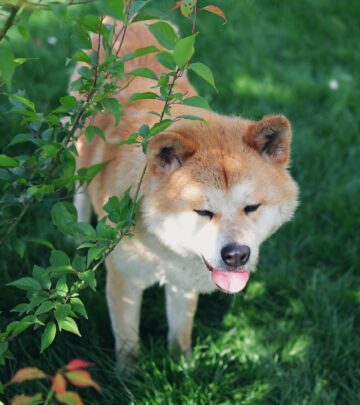

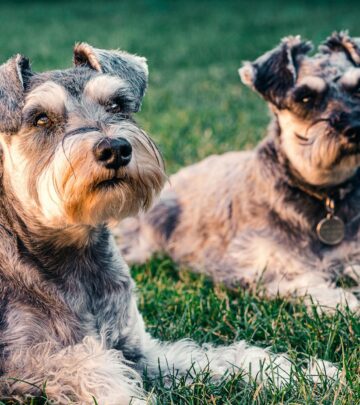

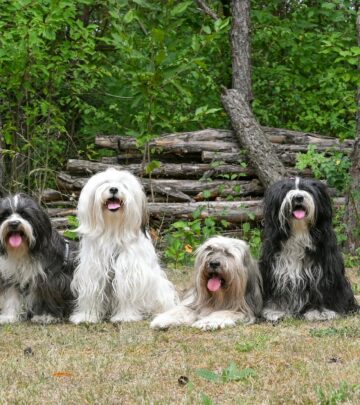

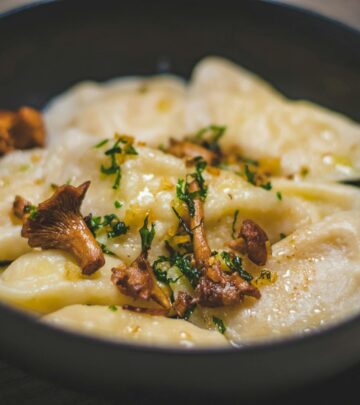

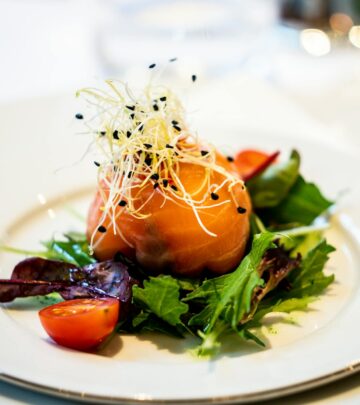


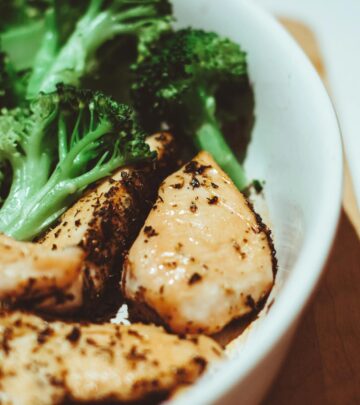


Community Experiences
Join the conversation and become a part of our empowering community! Share your stories, experiences, and insights to connect with other beauty, lifestyle, and health enthusiasts.